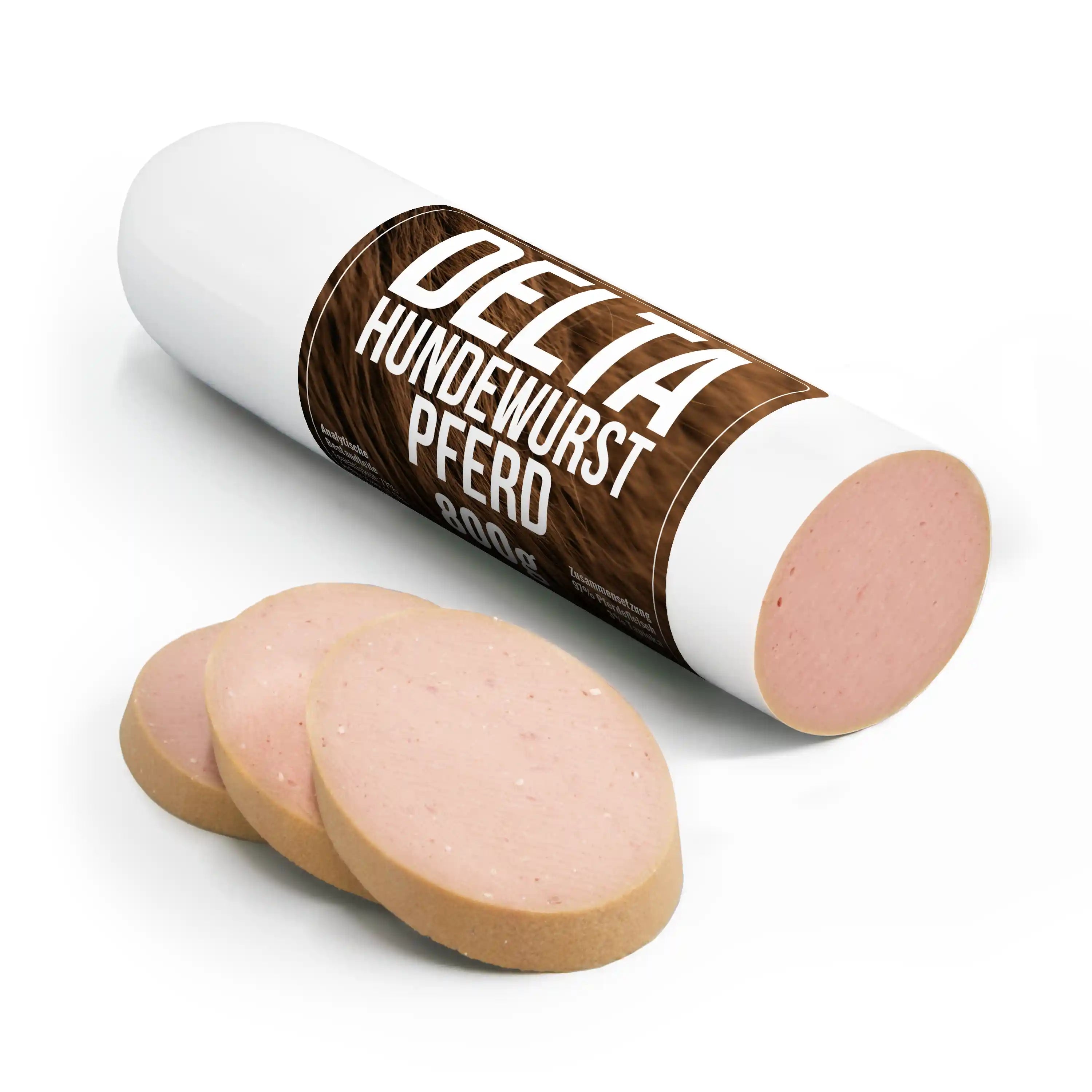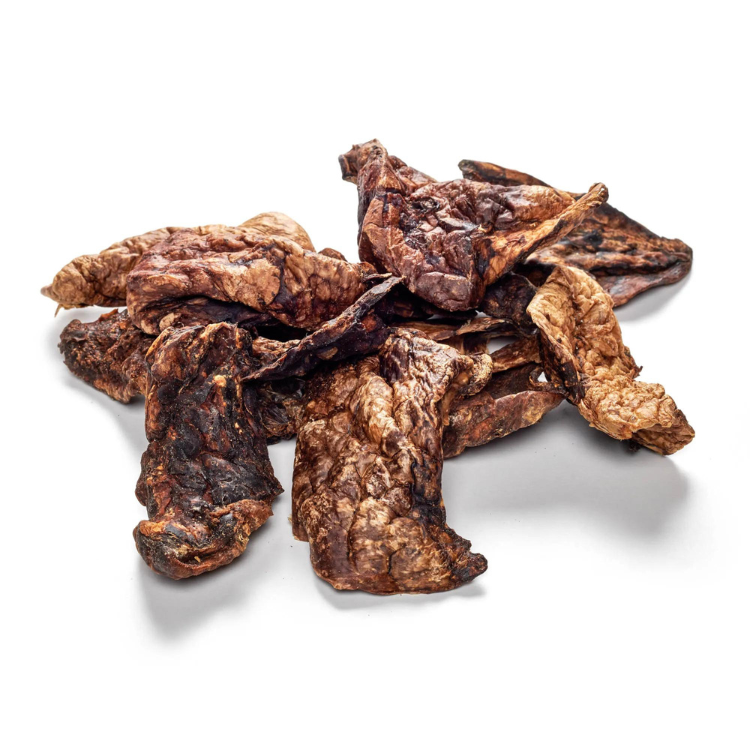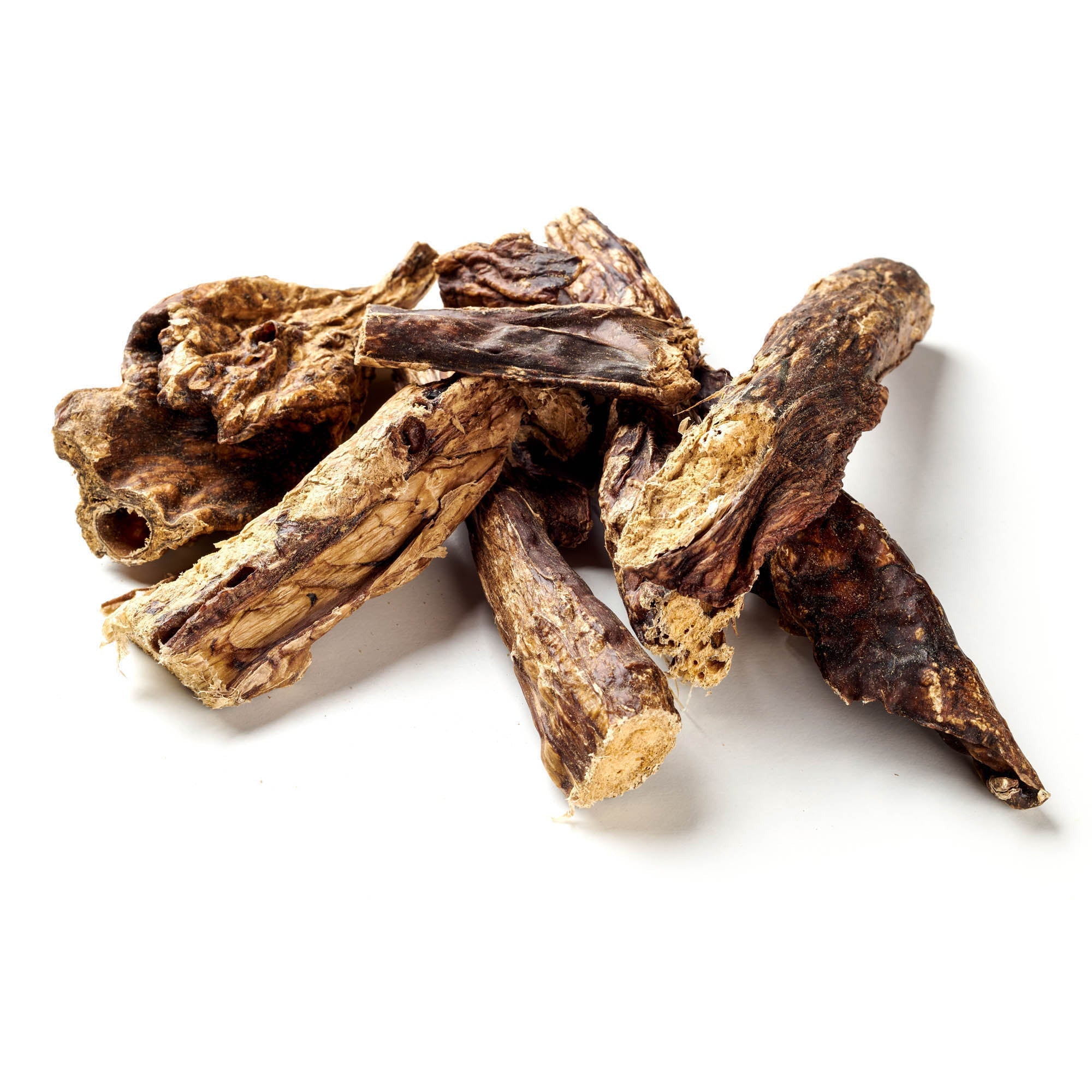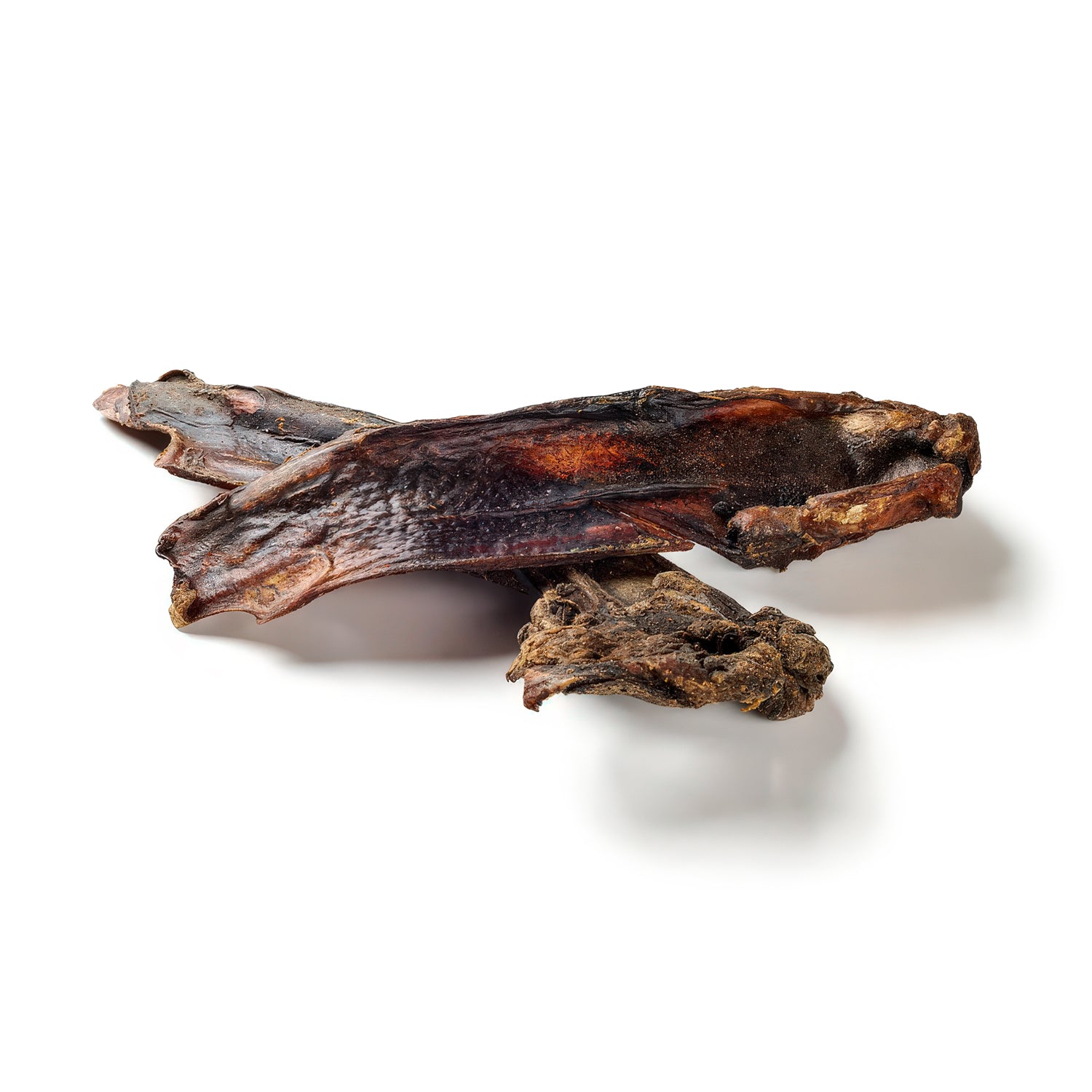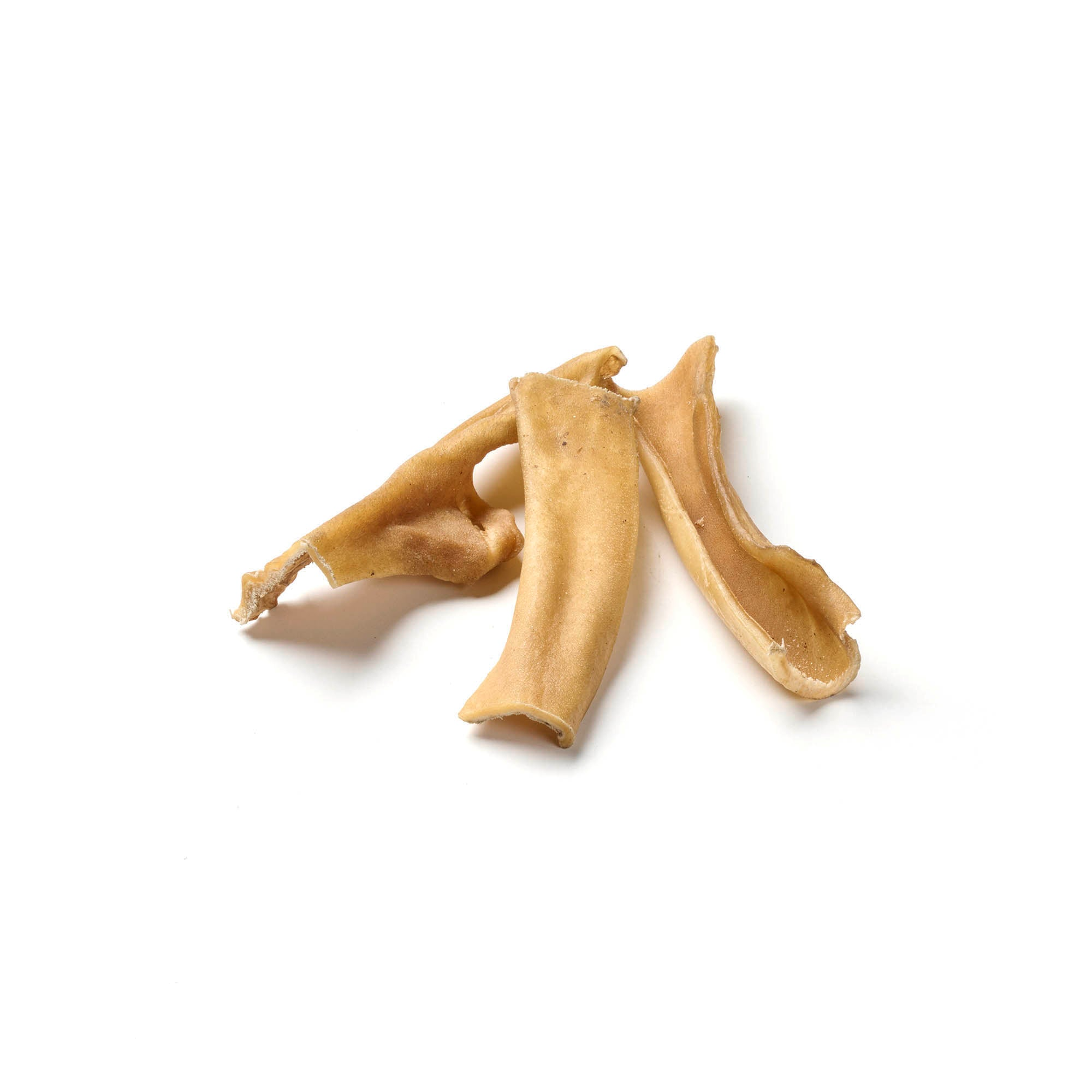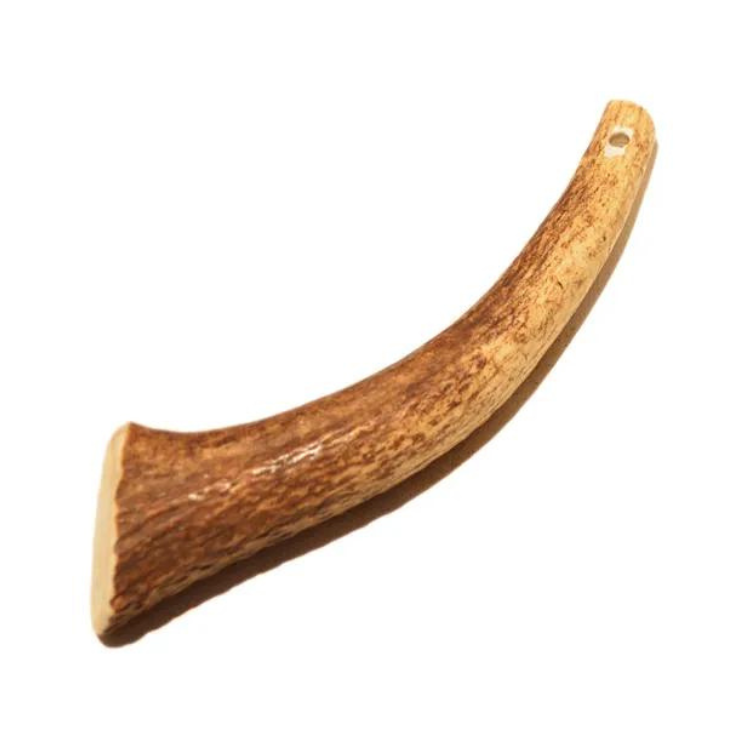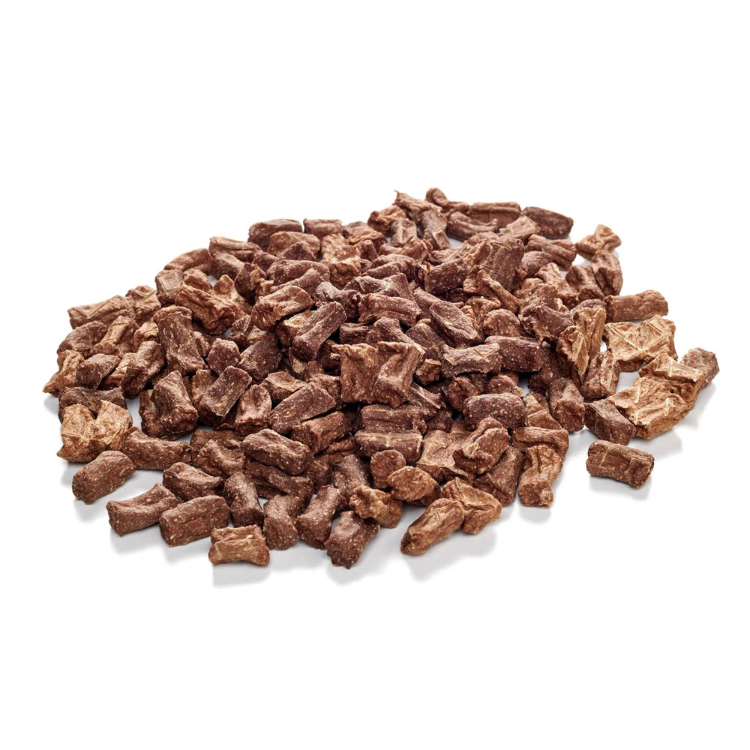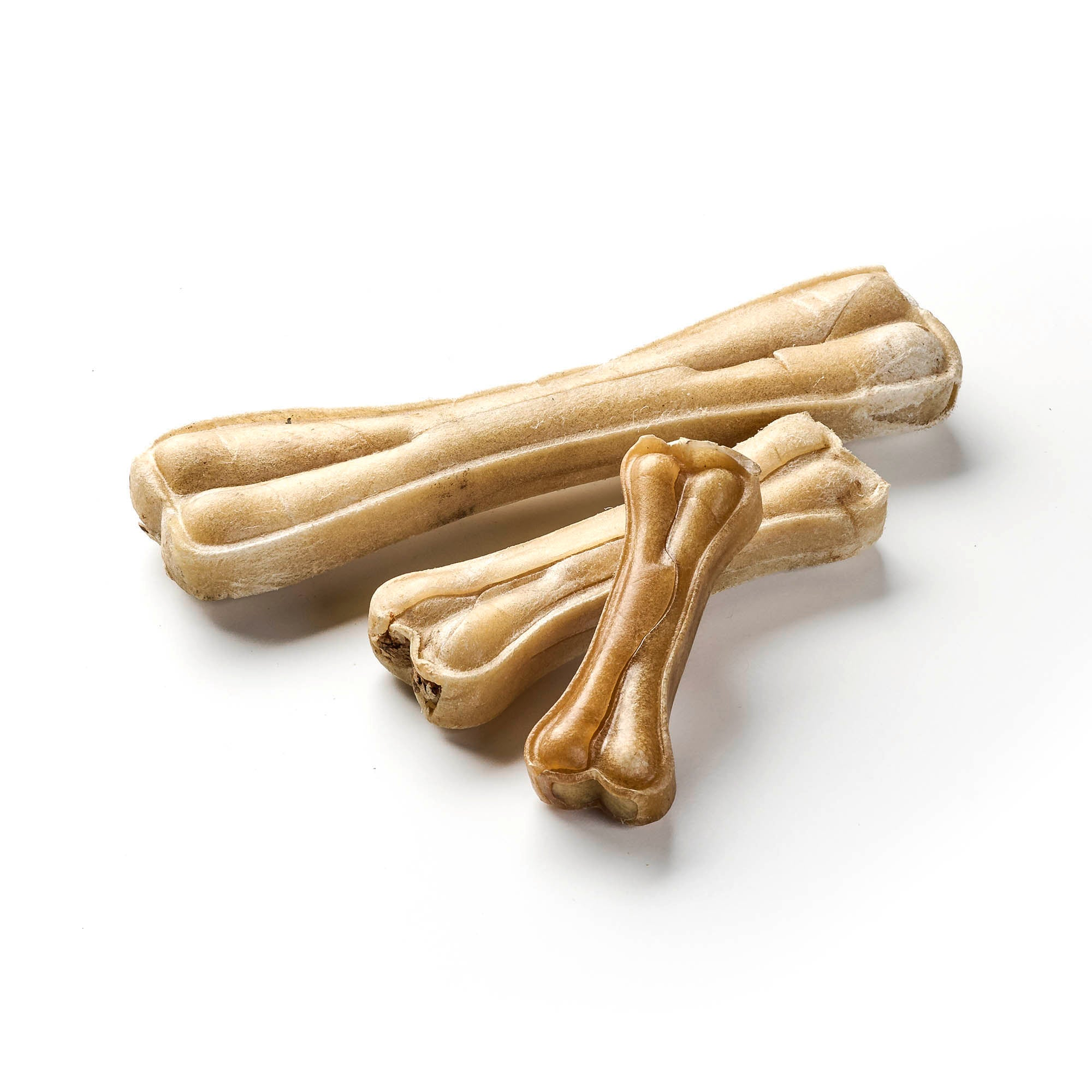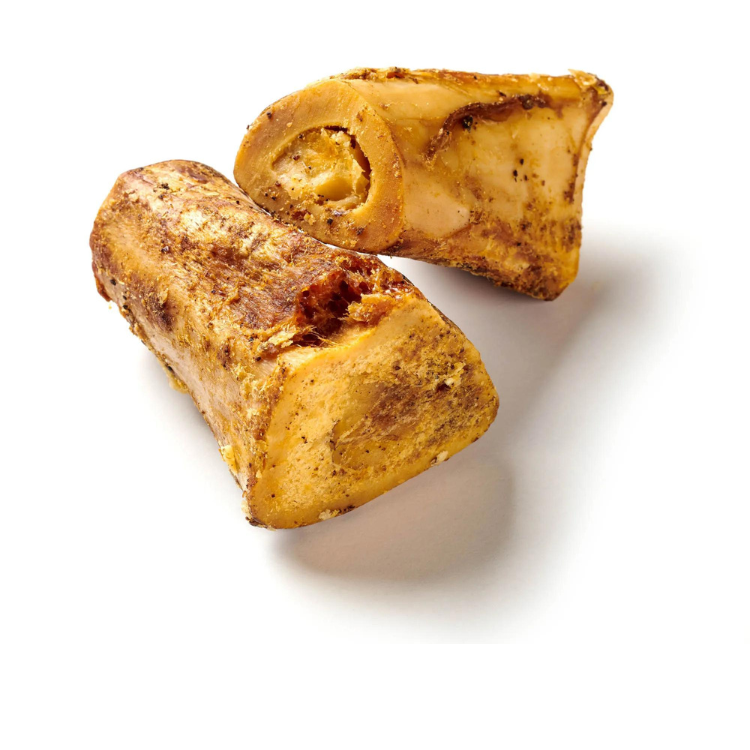
My dog has dandruff! What now?
Share
You stroke your dog and suddenly tiny white flakes fall out of his fur - your dog has dandruff! Dandruff is a common problem in dogs and can be caused by various factors. In this article, you will learn how to recognize dandruff in your dog, what the causes may be and how to treat and prevent it effectively. With the right measures, you can help your dog to feel comfortable in his skin again.
Content: My dog has dandruff! What now?
- What are dandruff anyway?
- Recognizing dandruff in dogs
- Types of dandruff
- Causes of dandruff in dogs
- Treating dandruff in dogs
- Regular brushing
- Dandruff shampoo for dogs
- Adjustment of the room climate
- Antiparasitic agents
- Home remedies
- Changing food – effective against dandruff
- Dietary supplements and medicines
- Stroking as medicine
- Conclusion
What are dandruff anyway?
Dandruff is small, shed skin particles that come from the top layer of the skin. This process of shedding old skin cells and replacing them with new ones is completely natural and occurs continuously. In healthy skin, this happens unnoticed because the amount of shed skin cells is small. Problems arise when this process becomes unbalanced and the skin sheds excessive numbers of cells. This leads to visible dandruff, which appears as small, white or yellowish flakes in your dog's coat.
Dandruff can have a variety of causes, including dry skin, excessive sebum production, or skin diseases. While small amounts of dandruff are normal and not a cause for concern, severe dandruff can indicate health problems. It is important to identify the exact cause of the dandruff to ensure proper treatment and ensure your dog's well-being.
Discover our selection of premium dog chews!
Recognizing dandruff in dogs
Dandruff can be more or less visible depending on the color of your dog's coat. While it is often immediately noticeable in dark fur, you have to look more closely if your dog has light fur. If your dog has a noticeable number of small white or yellow dots in its coat, it is usually dandruff.
Types of dandruff
There are two main types of dandruff in dogs:
- White dandruff (seborrhoea): This is caused by dry skin and is often easy to recognize. It falls out of your dog's fur in the form of small, white flakes and is usually harmless.
- Yellow scales: These are more attached to the coat and are caused by excessive sebum production. They can be large and sticky, indicating that your dog's skin is producing excessive oil.
Causes of dandruff in dogs
Dandruff in dogs can be caused by various factors. These causes can range from external influences to internal health problems. It is important to identify the exact reasons for dandruff in order to choose the right treatment method. Often the causes of dandruff are multiple and can occur simultaneously, which sometimes makes diagnosis difficult. A thorough observation of the dog and veterinary advice are therefore essential.
Here are some of the most common causes:
Dry air and seasons
Especially in the cold season, the dry air in the house can dry out your dog's skin and cause dandruff. Heaters remove moisture from the air, which can dry out your dog's skin. Sudden changes in the weather can also put a strain on your dog's skin and lead to dandruff.
Parasites
Mites and fleas can cause severe itching and dandruff. These parasites in dogs cause inflammation and irritation on the skin, which can manifest as dandruff. Mites such as Demodex mites or Cheyletiella mites can cause persistent skin problems. Flea bites often lead to allergic reactions, which result in dandruff and intense scratching.
Skin fungus
In addition to hair loss and inflamed skin, skin fungus can also cause dandruff. Prompt veterinary treatment is necessary because skin fungus is contagious. Fungal infections often occur in people with weakened immune systems and can easily be transmitted to other animals and people. One of the most common fungi is the dermatophyte, which causes ring-shaped, itchy patches on the skin.
Vitamin and nutrient deficiency
A lack of important nutrients such as vitamins and minerals can lead to dandruff. Essential fatty acids, vitamins such as A and E, and zinc are crucial for healthy skin and a shiny coat. An unbalanced diet can lead to a deficiency, which manifests itself in dry, flaky skin.
Allergies
Allergies in dogs to certain foods or environmental factors can also cause dandruff and skin problems. The most common allergens include certain protein sources in food, pollen, dust mites and flea bites. Allergies often lead to inflammation and itching, which weakens the skin barrier and promotes dandruff.
Mental problems
Stress and anxiety can cause skin problems and dandruff in dogs. Environmental changes such as moving, the loss of a caregiver or the arrival of a new pet can cause stress. Stress leads to hormonal changes in the dog's body that can affect skin health. Boredom or insufficient exercise can also lead to behavioral problems and, consequently, skin irritation.
Pamper your dog with our delicious chews!
Treating dandruff in dogs
There are several options available to treat your dog's dandruff. It's important to tailor treatment to your dog's individual needs and to consider the cause of the dandruff. Some methods work directly on the symptoms, while others aim to address the underlying causes. Here are some effective approaches to treating dandruff in dogs:
Regular brushing
Regular brushing will help remove dandruff from the coat and stimulate the skin. Use a suitable brush or flea comb. Brushing promotes blood circulation to the skin and distributes natural oils evenly throughout the coat, which keeps the skin healthy. Make sure to brush gently so as not to irritate the skin further.
Dandruff shampoo for dogs
Special dog shampoo can help with severe dandruff and is fairly easy to use when your dog is taking a bath . It will thoroughly clean the coat and nourish the skin. Make sure to use a mild, pH-neutral shampoo that is specifically designed for dogs. Such shampoos often contain ingredients such as aloe vera, tea tree oil or oatmeal, which can soothe the skin and reduce dandruff. However, do not bathe your dog too often as this can dry out the skin further.
Adjustment of the room climate
Improve the indoor climate by increasing the humidity. Humidifiers can be helpful here. Especially in the cold season, humidifiers can be attached to heaters to increase the humidity in the air and thus prevent your dog's skin from drying out.
Antiparasitic agents
If your pet has a flea or mite infestation, you should use a special anti-parasite product that your vet can recommend. There are various products such as spot-ons, shampoos or sprays that are effective against parasites. Make sure you follow your vet's instructions carefully to ensure complete treatment and prevent re-infestation.
Home remedies
Home remedies such as apple cider vinegar or certain oils can also help reduce dandruff and nourish the skin, but always consult your veterinarian before use. Apple cider vinegar can be diluted and applied to the skin or added to drinking water to support skin health. Coconut oil and olive oil can be used topically to moisturize the skin and reduce dandruff.
Changing food – effective against dandruff
A change in diet may help if the dandruff is nutritional. Grain-free dog food can often eliminate the problem. An elimination diet under the guidance of a veterinarian or hypoallergenic dog food can help identify intolerant food components. Make sure to provide your dog with a balanced diet rich in essential fatty acids, vitamins and minerals. Fish oil or flaxseed oil can be added as a supplement to improve skin health.
Dietary supplements and medicines
Supplements can help correct diet-related skin problems. Look for products containing biotin, essential fatty acids and vitamins. However, medication should always be discussed with a veterinarian. Omega-3 and omega-6 fatty acids are particularly important for skin health and can reduce inflammation. Severe cases of dandruff may also require special medications prescribed by a veterinarian.
Stroking as medicine
Regular stroking promotes blood circulation and skin regeneration. It can stimulate sebum and oil production and help to make the coat smooth. At the same time, it strengthens the bond between you and your dog. Stroking has a calming effect and can help reduce stress, which has a positive effect on skin health. Use the opportunity to check your dog's body for changes or abnormalities while stroking.
Conclusion
Dandruff in dogs can have a variety of causes, from dry skin to parasites to nutritional deficiencies or stress. By ensuring proper care and nutrition, you can effectively treat and prevent the problem in most cases. Regular veterinary examinations and careful observation of your dog will help to identify dandruff early and take appropriate measures. Your dog will thank you when he feels comfortable in his skin again. With the right attention and care, you can help your dog to live a healthy and dandruff-free life.
Reward your best friend with our dog treats!

